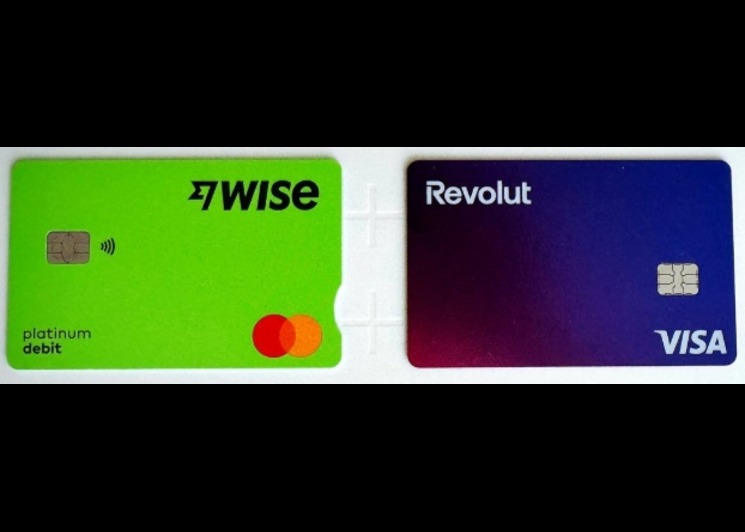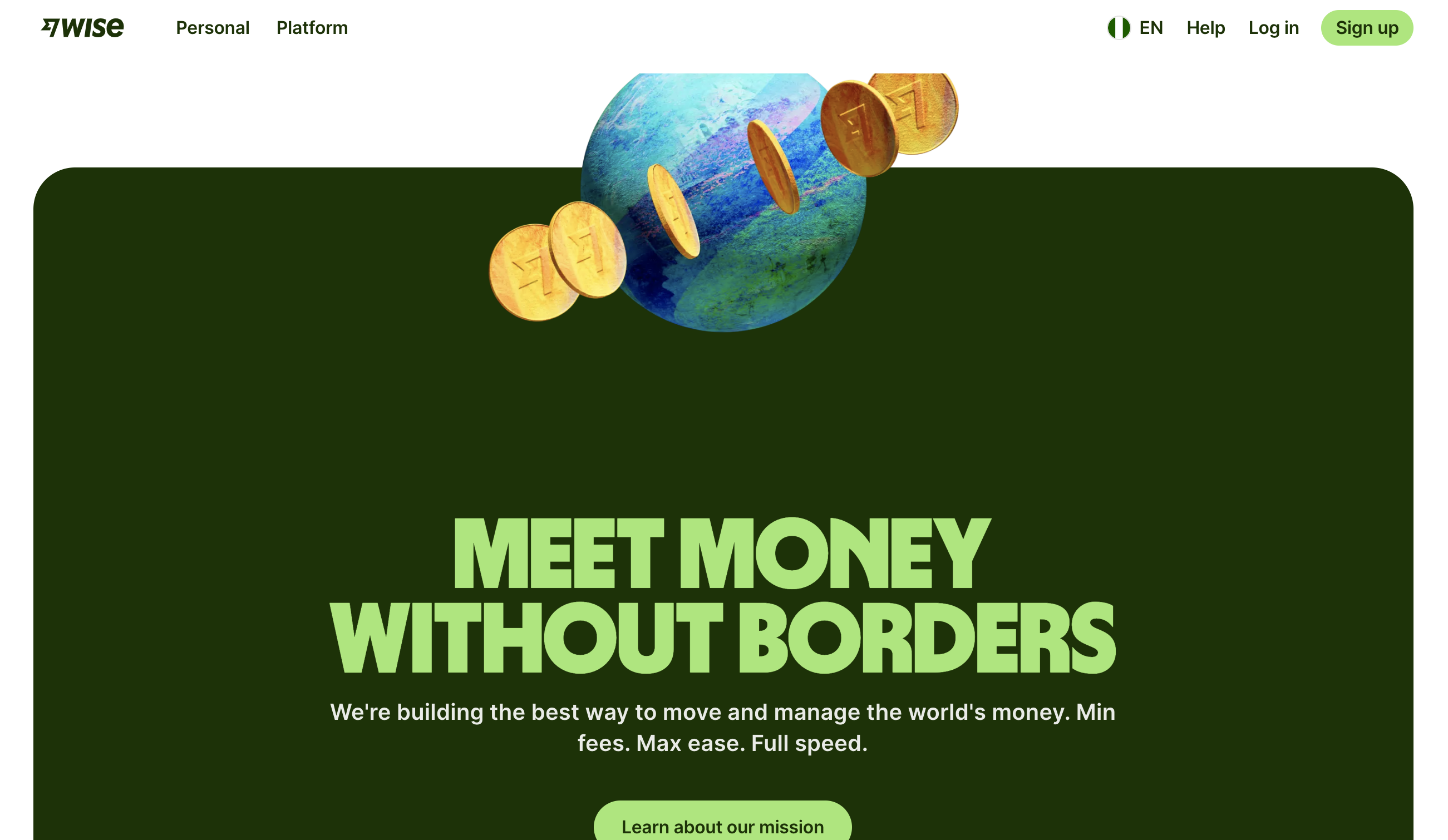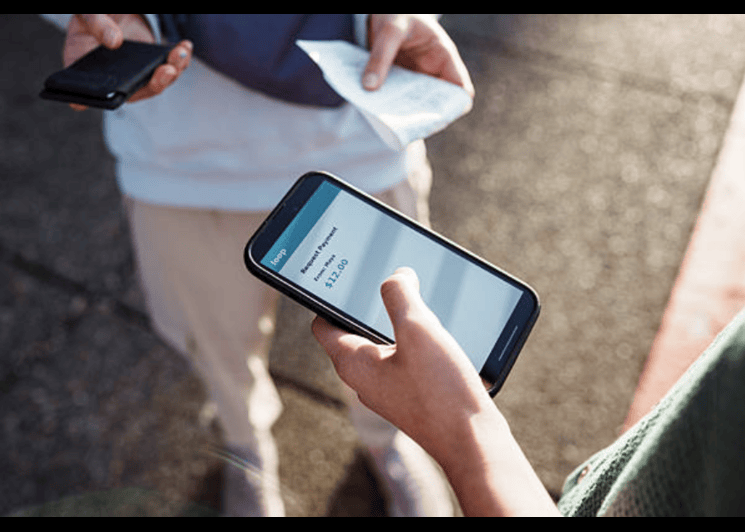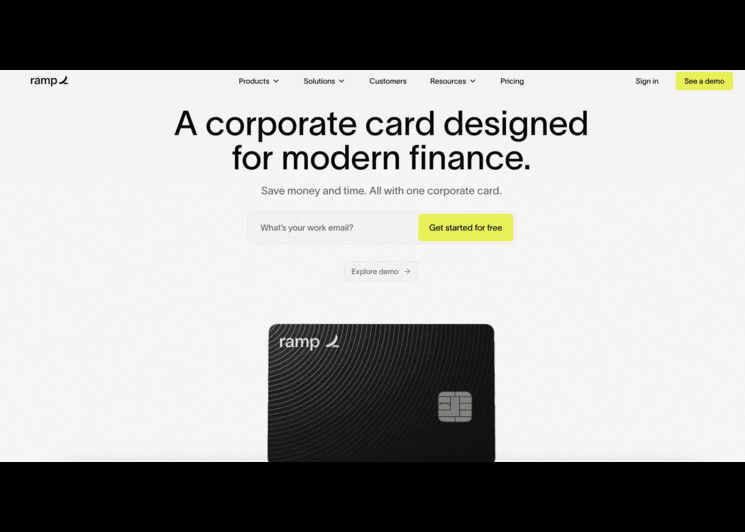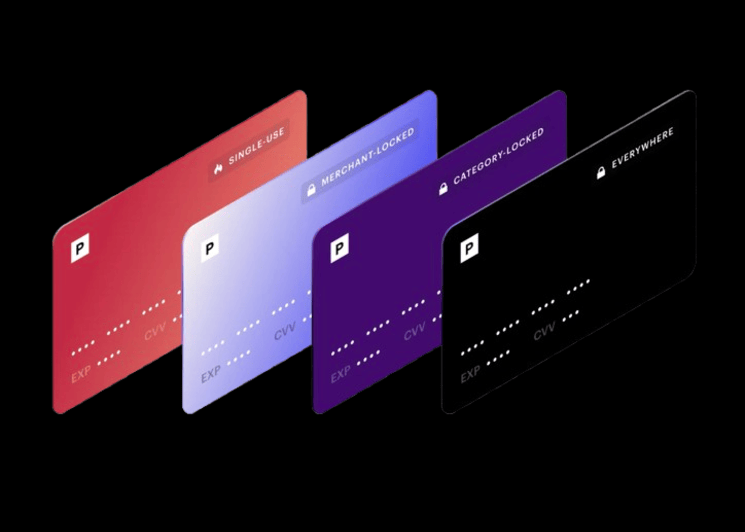Navigating Snapchat Advertising: Data, Strategy, and Real Results
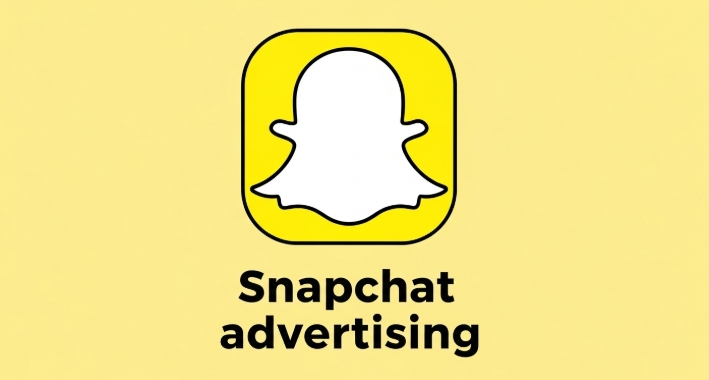
You’ve probably seen those short, catchy ads between stories on Snapchat, the ones that feel more like quick moments than polished commercials. That’s Snapchat advertising at work. It’s not just about visibility; it’s about relevance in the few seconds before someone swipes away.
Whether your goal is to build awareness, drive app installs, or retarget engaged users, understanding how Snapchat’s ad system works can make a real difference. And when it comes to managing campaign payments or tracking expenses across platforms, tools like Bycard help keep everything organized and secure.
- Navigating Snapchat Advertising: Data, Strategy, and Real Results
- What Is Snapchat Advertising?
- Why Snapchat Advertising Is Worth Considering
- Data That Shapes Strategy
- How Snapchat Advertising Works
- Managing Snapchat Advertising Payments with Bycard
- Example Scenario: Running a Snapchat Advertising Campaign in Minnesota
- Practical Tips for Stronger Results
- Common Pitfalls to Avoid
- The Future of Snapchat Advertising
What Is Snapchat Advertising?
Snapchat advertising is the use of paid placements within the Snapchat app, everything from short video Snaps to augmented reality (AR) filters and sponsored stories.
These ads blend into users’ content experiences, reaching millions of daily active users. According to available data, Snapchat’s ad audience reached about 557 million people globally in 2022, with over 60% between the ages of 13 and 24. That demographic alone makes the platform one of the strongest spaces for youth-focused marketing.
When marketers talk about Snapchat advertising, they’re referring to a performance-driven channel, one that thrives on creativity, audience insights, and mobile-first design.
Why Snapchat Advertising Is Worth Considering
Reach and Audience
Snapchat continues to grow steadily, boasting over 450 million daily active users worldwide. In Nigeria, usage climbed to nearly 19.6 million people in 2025, up almost 30% year-on-year.
That’s not just reach, it’s engagement. Studies show Snapchat users are 34% more likely to make a purchase after seeing an ad compared to similar audiences on other networks.
Platform Strengths
- Immersive full-screen video format.
- Strong organic and paid story integration.
- AR Lenses for interactive storytelling.
- Location-based targeting through geofilters.
If your target market includes younger, mobile-centric audiences, Snapchat advertising aligns well with that behaviour.
Data That Shapes Strategy
When you’re budgeting or evaluating your next campaign, here are a few data points worth noting:
- Global ad reach: 557 million users.
- Daily active users: 453 million.
- Average CPM: about $2.19, CPA: around $5.53 (depending on region and format).
- Engagement uplift: campaigns with creative refreshes and AR elements saw up to 18–22% improvements in attributed sales.
This shows how Snapchat advertising can scale efficiently while maintaining high engagement, provided you track spend and creative performance closely.
How Snapchat Advertising Works
Define a clear goal
Do you want awareness, app installs, lead generation, or conversions? Each objective determines ad format and targeting options.
Select audience and targeting
Snapchat offers demographic, location, interest, and behavioural filters. Given the platform’s strong 13–24 user base, define audience segments precisely before investing.
Pick your ad format
- Snap Ads: vertical full-screen videos that appear between stories.
- Story Ads: multiple cards appearing in Discover.
- AR Lenses and Filters: immersive user-generated engagement.
- Collection Ads: product-focused carousels for eCommerce.
Set budget and bidding
You can bid per action (CPA) or impression (CPM). Keep an eye on cost per swipe-up and conversion rates, small adjustments often lead to better ROI.
Use tracking and measurement tools
Integrate Snap Pixel or the Conversion API to monitor real-time performance. Advertisers using these tools reported an average 22% increase in attributed purchases.
Optimize continuously
Run A/B tests on creative, update targeting, and review conversion reports weekly. Regular optimization keeps Snapchat advertising efficient and profitable.
Managing Snapchat Advertising Payments with Bycard
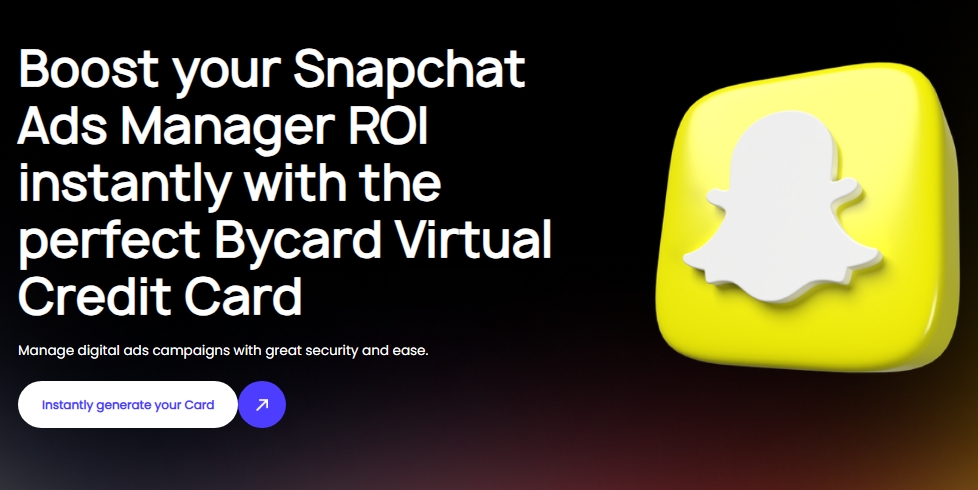
One often overlooked part of campaign success is payment management. Failed payments, blocked cards, or currency limits can disrupt ad delivery. That’s where Bycard’s virtual payment solutions come in.
Instant Virtual Cards for Ads
Bycard offers dedicated virtual credit cards (VCCs) that activate in under three minutes. You can issue one card per campaign or per platform, for instance, a Snapchat Ads VCC, to monitor spend without affecting other budgets.
Practical workflow example:
- Create a Bycard VCC and fund it via USDT or wire transfer.
- Assign it to your Snapchat advertising account.
- Set a monthly spend limit to prevent overspending.
- Track receipts and expense reports directly within the dashboard.
- If a campaign underperforms, simply lock or cancel the card, instantly.
Expense Tracking and Reports
Bycard automatically generates expense reports, making reconciliation straightforward. Every card can correspond to a campaign, so you can match spend against ad metrics with minimal manual work.
Why It Matters
- Better cost control: isolate spending by campaign.
- Faster activation: no waiting for bank approvals.
- Improved transparency: every transaction logged with receipts.
- Global compatibility: supports Visa and Mastercard for media buying in multiple currencies.
For advertisers scaling Snapchat advertising, these details save hours each month and protect ROI from payment errors.
Example Scenario: Running a Snapchat Advertising Campaign in Minnesota
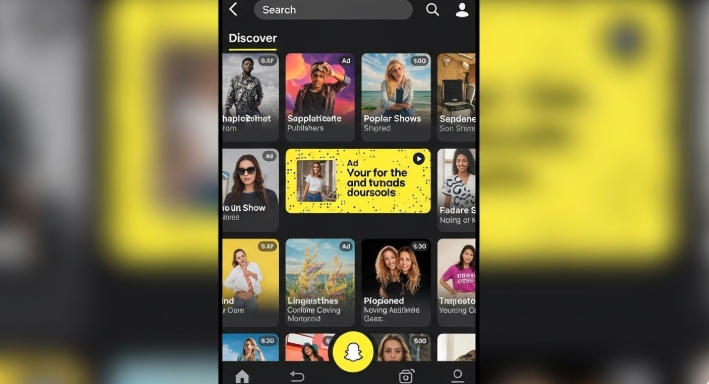
Imagine you’re promoting a new mobile app for American students. Here’s how you could structure the campaign:
- Objective: 10,000 app installs in 30 days.
- Audience: U.S, age 18–30, interested in entertainment and education.
- Creative: 10-second vertical videos highlighting app benefits with a Minnesota-inspired visual.
- Ad Format: Snap Ad + Sponsored AR filter.
- Budget: $500 for initial pilot week.
- Payments: Use a Bycard virtual card to fund your campaign, one card for this campaign only, set a spending limit, and track each expense in real-time.
- Tracking: Use Snap Pixel to measure installs and retention.
- Optimization: After the first week, review cost per install and engagement data. If results look good, scale to other cities like Alabama and California.
Practical Tips for Stronger Results
- Design every ad vertically and focus attention within the first three seconds.
- Use AR filters sparingly, they’re best for brand awareness, not conversions.
- Keep landing pages mobile-optimized.
- Refresh creatives every 7–10 days to prevent ad fatigue.
- Test a mix of audience interests to see where ROI peaks.
- Use Bycard analytics and receipts to match spend directly to campaign metrics for clearer budgeting.
Common Pitfalls to Avoid
- Targeting too broadly: leads to wasted impressions.
- Skipping conversion tracking: without Snap Pixel data, optimization is blind.
- Reusing static creatives: Snapchat thrives on fresh visuals.
- Ignoring payment controls: missed payments can pause your ads unexpectedly.
Using Bycard’s spend limits and lock/unlock features helps you stay in control and avoid downtime.
The Future of Snapchat Advertising
The platform continues to push deeper into AR commerce, location-aware experiences, and mobile storytelling. With stronger attribution tools and global growth, Snapchat advertising is now a credible choice for both small and large advertisers.
As budgets diversify across social platforms, efficiency and cost visibility matter more than ever. Managing ad payments through Bycard not only simplifies logistics but helps you keep every naira, dollar, or euro accountable.

Perfect Card for running ads!
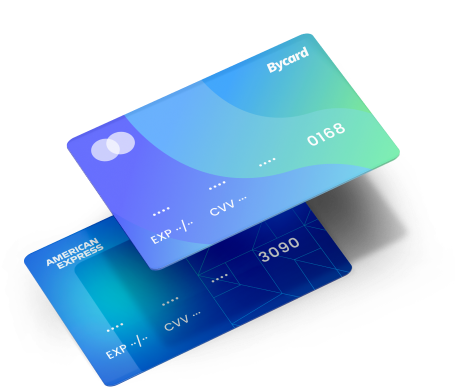
Conclusion
Snapchat advertising thrives when creativity meets structure, creative storytelling paired with data-backed optimization.
By integrating Bycard into your workflow, you gain instant, secure access to campaign-specific virtual cards, real-time expense tracking, and built-in budget control. Together, they form a cleaner, faster way to manage digital campaigns from start to finish.


